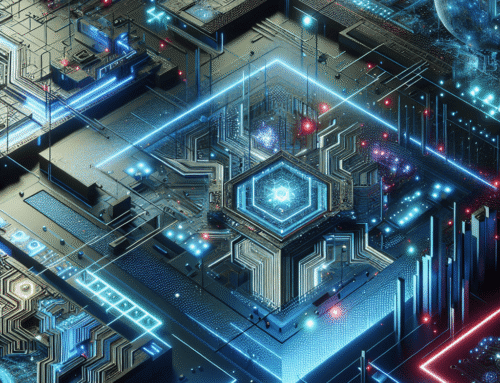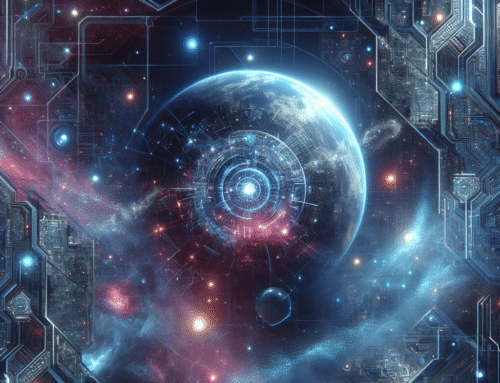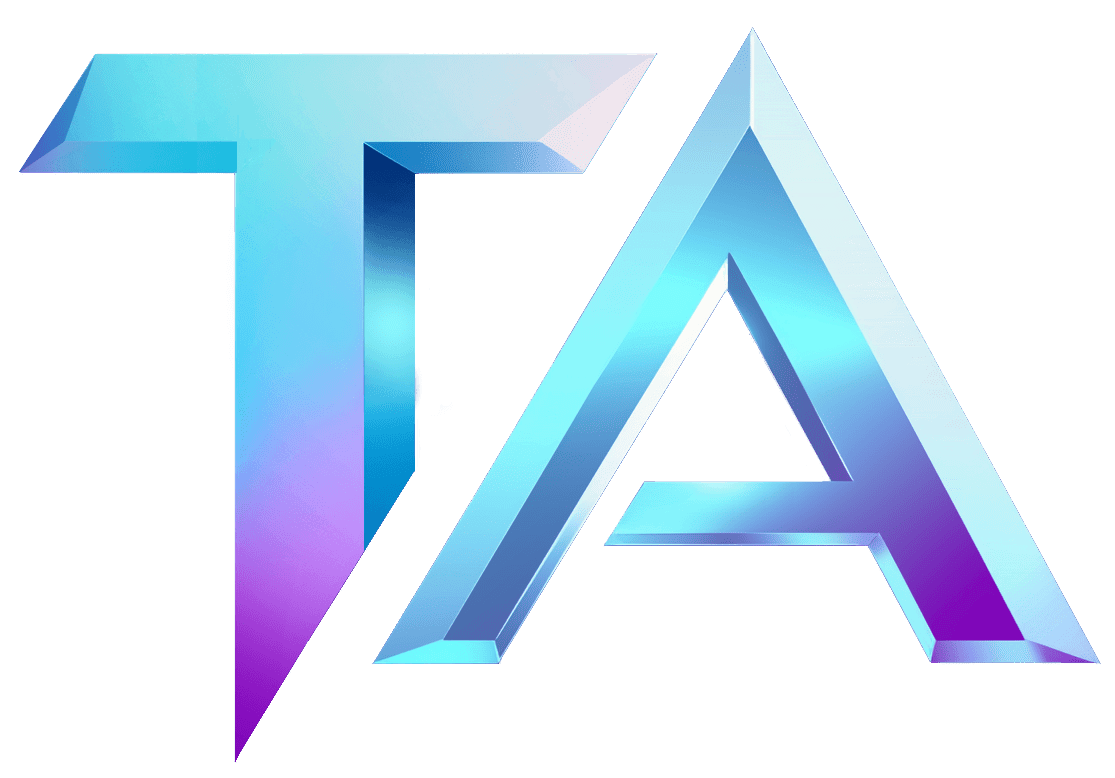Star Atlas: Unveiling the Military-Industrial Nexus

Star Atlas: Unveiling the Military-Industrial Nexus
Star Atlas is an ambitious space exploration metaverse built on the Solana blockchain, merging gaming and decentralization with a complex socio-political framework. One of the most intriguing aspects of Star Atlas is the parallel it draws with real-world concepts, particularly the military-industrial complex. In this article, we’ll explore how the military-industrial nexus manifests within Star Atlas and its implications for players and the larger ecosystem.
Understanding the Military-Industrial Complex
The term "military-industrial complex" refers to the relationship between a country’s military, its government, and the industries that produce arms and other defense technologies. In the context of Star Atlas, this concept reflects how various factions—comprised of players, resources, and strategic planning—interact within the metaverse. Each faction has its own motivations, goals, and strategies that mirror the interests of real-world nations and corporations.
Factions and Their Interests
In Star Atlas, three major factions compete for dominance: the Ustur, the Rhysach, and the MUD. Each faction operates like a nation-state, with its military, economic, and technological agendas.
-
Ustur: Representing a welfare state model, the Ustur faction emphasizes diplomacy and technological advancement. This faction invests heavily in research and development, echoing how nations often allocate substantial resources toward developing new military technologies.
-
Rhysach: This faction operates with a more aggressive strategy, often seeking to expand its territorial influence through the military might. Their approach can be likened to how some nations prioritize defense spending and military engagement to protect and advance their interests.
- MUD: A conglomerate of independent players, MUD represents the capitalist approach, where the focus is on profits and resource acquisition. This willingness to engage in commerce—sometimes unethically—aligns with critiques of how industries can profit from conflicts or defense contracts.
Economic Dynamics and Resource Acquisition
The military-industrial complex often shows how military strategies can lead to resource control and economic gain. In Star Atlas, this is embodied in gameplay mechanics surrounding mining, trading, and manufacturing. Players and factions must navigate a complex economy filled with competitive resource markets, leading to conflicts reminiscent of real-world resource wars.
For instance, factions can engage in fleet battles to claim territories rich in resources. Victory enables them to control not only the resources but also the narrative within the game. This enables players to build their fleets, enhance defenses, and invest in technology, simulating the continuous funding and support often seen between arms manufacturers and government contracts in real life.
Technology and Innovation
Technological advancement in Star Atlas mirrors the innovation driven by the military-industrial complex. Many technologies that players utilize, from starships to weapon systems, are iteratively developed through gameplay. Just like how defense contractors innovate through competition and necessity, players must adapt to challenges from rival factions. Continuous upgrades and R&D play vital roles in maintaining competitive advantages.
Implications for Players and the Community
Understanding this military-industrial nexus can deepen player engagement. Players who recognize the strategic implications of their decisions—whether to ally with a faction, invest in resource acquisition, or engage in military action—can find themselves not just as gamers but as participants in a larger socio-economic experiment.
As players navigate these complexities, they also contribute to a living economy within Star Atlas, influencing not just their faction but the metaverse’s overall dynamics. This engagement underlines a key takeaway: the importance of strategic thinking and community interaction mirrors our real-world geopolitical landscape.
Conclusion
Star Atlas serves as a fascinating microcosm where gameplay, economics, and strategic thinking intersect, advocating for a deeper understanding of the military-industrial complex and its implications. As you embark on your interstellar adventure, consider how these themes impact your gameplay and decision-making.
To dive deeper into Star Atlas and explore our comprehensive analytics, check out the Titan Analytics Star Atlas data modules. If you have questions or need guidance, please feel free to contact Titan Analytics. Happy exploring!




